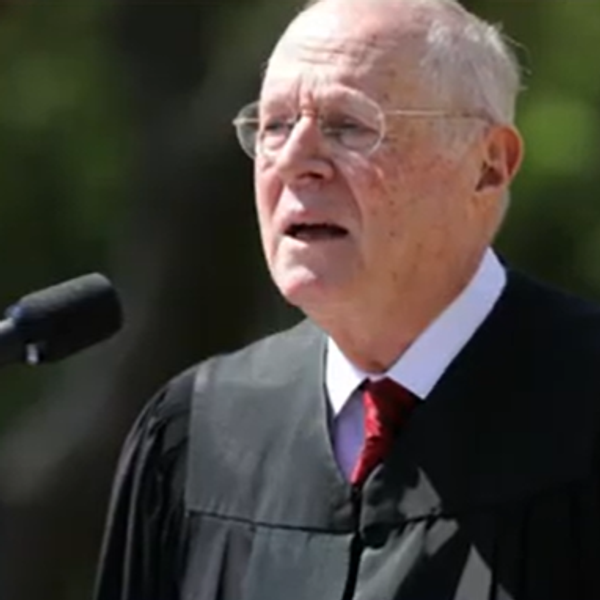
By Maria L. La Ganga, Los Angeles Times (TNS)
The Nebraska Supreme Court on Friday removed a serious hurdle to construction of the controversial Keystone XL pipeline, ruling that Republican Gov. Dave Heineman has the authority to approve the project’s route without review by a state agency.
A 2012 law allows Heineman to bypass the state Public Service Commission and give the $5.3-billion project the go-ahead. In February, a lower court declared that law unconstitutional and left the troubled pipeline with no approved route through Nebraska.
The action Friday struck down the lower court’s ruling and cleared the way for the Obama administration to decide whether to grant final approval for the project.
The proposed pipeline would transport oil from Alberta, Canada, to Steele City, Neb. From there, it would tie into a southern leg, already in operation, which would transport the oil to the Gulf Coast.
“In a split decision, Supreme Court is allowing LB1161 to stand,” Jane Kleeb, founder of Bold Nebraska, an anti-pipeline group, tweeted early Friday. “4 of the justices ruled w/ landowners, but we needed 5. Its up to Obama.”
“Because there are not five judges of this court ruling on the constitutionality of L.B. 1161, the legislation must stand by default,” the decision said. “Accordingly, we vacate the district court’s judgment.”
Environmentalists argue that the extraction and production of tar sands — also known as oil sands — are significantly more damaging to the climate than conventional oil deposits, and they contend that blocking the pipeline would impede development of the fossil fuel.
Anthony Swift, staff attorney at the Natural Resources Defense Council, describes tar sands as a very thick, heavy crude oil with the consistency of “peanut butter at room temperature, somewhere between coal and oil.”
The material, he said, is “very energy-intensive to get out of the ground.” Mining consists of “stripping the oldest boreal forests in the world and strip-mining, using large amounts of water.”
Or, he said, “it’s done through drilling and pumping steam into the ground to melt it out of the ground. It’s incredibly destructive at the upstream, very carbon-intensive and has substantial impact on the indigenous populations in the area.”
The pipeline, which TransCanada calls “the largest infrastructure project currently proposed in the United States,” would carry 830,000 barrels a day, and construction of the pipeline alone would create 9,000 jobs for skilled American workers.
In addition, manufacturing the steel pipe, fittings, valves, pumps and control devices required for the project would create an estimated 7,000 jobs, the company says.
“The Canadian Energy Research Institute predicts that Keystone XL will add $172 billion to America’s gross domestic product by 2035,” the company said on its website, “and will create an additional 1.8 million person-years of employment in the United States over the next 22 years.”
But with the rising costs of production and the steep drop in oil prices, industry analysts are questioning whether the plan still makes economic sense.
Because the proposed pipeline would cross the U.S.-Canadian border, the State Department must rule that the project is in the United States’ national interest and grant a permit. TransCanada applied to the State Department in 2008.
Faced with delays and objections to the original route, the Nebraska Legislature enacted a law in 2012 designed to expedite approval and routing of major pipelines. That law allowed the governor to approve projects instead of the state’s Public Service Committee.
In January 2013, Heineman approved a route that would run for 250 miles underground through the state and forwarded that approval to the Obama administration.
But ten months ago, Lancaster County District Judge Stephanie F. Stacy struck down the law, declaring that it was unconstitutional. Her decision came in a lawsuit filed by three property owners whose land was in the pipeline’s path.
The state attorney general appealed the decision, and on Friday, the Nebraska Supreme Court ruled.
Jane Kleeb, director of an anti-Keystone XL group called Bold Nebraska, said the decision was “a big deal for precedents for states’ rights and what states can legally do for pipeline routing. It’s a big deal for eminent domain, determining when an oil pipeline company can use eminent domain on landowners.”
Bold Nebraska wants the pipeline stopped at all costs, but a final determination could be months away.
“We think the best route for landowners is no route,” Kleeb said. “Everyone wants this pipeline to be rejected so they can have their lives back. If you’re a landowner, you’re waking up and going to sleep thinking about this.”
AFP Photo/Don Emmert








